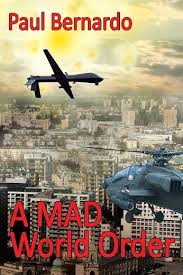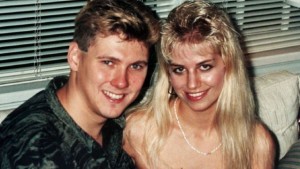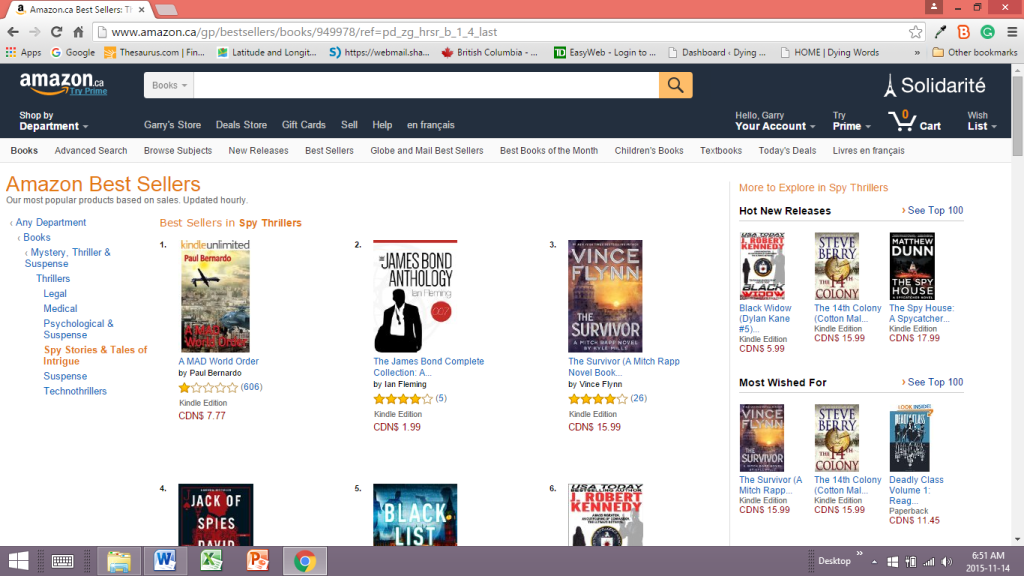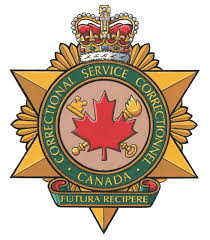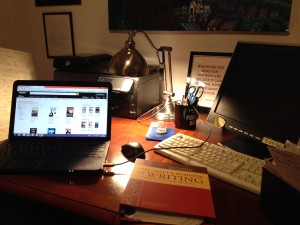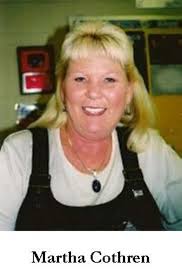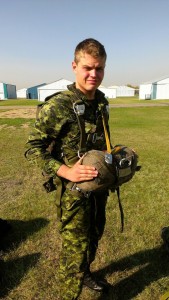 Crime scene cleaning is extremely profitable for those who can handle difficult and unpleasant working conditions. In fact, this niche market of the multi-billion dollar janitorial and restoration industry is the fastest growing segment. Crime scene clean-up technicians are some of the highest-paid hourly workers, but they’re not the ones making the real money in death’s bloody aftermath. Let’s find out who is and exactly how this lucrative business works.
Crime scene cleaning is extremely profitable for those who can handle difficult and unpleasant working conditions. In fact, this niche market of the multi-billion dollar janitorial and restoration industry is the fastest growing segment. Crime scene clean-up technicians are some of the highest-paid hourly workers, but they’re not the ones making the real money in death’s bloody aftermath. Let’s find out who is and exactly how this lucrative business works.
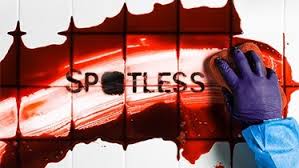 What got me curious about crime scene clean-up is when the Huffington Post asked me to write a feature article titled The Surprisingly Simple Clues Left Behind at Crime Scenes. The piece complimented the debut of a new Esquire Network TV series called Spotless which centers on a guy who runs a crime scene cleaning business that contracts for the Mafia to “sanitize” their hits.
What got me curious about crime scene clean-up is when the Huffington Post asked me to write a feature article titled The Surprisingly Simple Clues Left Behind at Crime Scenes. The piece complimented the debut of a new Esquire Network TV series called Spotless which centers on a guy who runs a crime scene cleaning business that contracts for the Mafia to “sanitize” their hits.
 I’ve seen some horrifically messy death scenes as a homicide cop and coroner and I’ve worked under unspeakably nasty conditions. But once I finished the forensic process, it was someone else’s job to clean-up. I used to think Boy, I’m glad it’s not me.
I’ve seen some horrifically messy death scenes as a homicide cop and coroner and I’ve worked under unspeakably nasty conditions. But once I finished the forensic process, it was someone else’s job to clean-up. I used to think Boy, I’m glad it’s not me.
I never gave much thought to who was contracted, what equipment they used, what regulations they had to obey, what time it took, and certainly not how much it cost. I got my eyes opened when I looked into the business of crime scene cleaning.
First of all, it’s known in the industry as Crime and Trauma Scene Decontamination and Restoration—CTSDR. Secondly, they clean a lot more than just homicide and other death scenes.
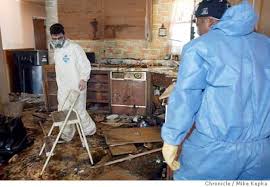 These professionals are handsomely paid to also remove and restore the effects of dead animals and their droppings, insects who hatched from decaying bodies, damage from police tools such as fingerprint powder, luminol, tear gas, pepper spray, and the cutting of materials during preservation of evidence. They deal with mold from marihuana grow-shows, deadly chemicals from meth labs, drug litter like contaminated needles, and body fluids across the spectrum.
These professionals are handsomely paid to also remove and restore the effects of dead animals and their droppings, insects who hatched from decaying bodies, damage from police tools such as fingerprint powder, luminol, tear gas, pepper spray, and the cutting of materials during preservation of evidence. They deal with mold from marihuana grow-shows, deadly chemicals from meth labs, drug litter like contaminated needles, and body fluids across the spectrum.
Their workplaces are everywhere imaginable—mansions to rooming houses, schools, offices, daycares, fields, playgrounds, boats, busses, trains, factories, shops and malls, cruise ships, vehicles, jail cells, police vehicles, hotels, and even on airplanes.
 You’d think that a grisly murder scene would be the most difficult and expensive situation, but those experienced in clean-ups say the life-long hoarder’s home is the worst—especially the animal hoarders—the crazy cat-ladies who die alone and then… you know… They call this “Gross Filth”.
You’d think that a grisly murder scene would be the most difficult and expensive situation, but those experienced in clean-ups say the life-long hoarder’s home is the worst—especially the animal hoarders—the crazy cat-ladies who die alone and then… you know… They call this “Gross Filth”.
There’s a fair overhead in the scene-clean business. A significant amount of equipment and training is required—specialized vehicles for transporting hazardous biological waste, mandatory certification by government departments, licensing requirements, expensive tools like ozone machines, steam injectors, and chemical foggers to destroy odors and pathogens, biohazard suits and containers, respirators, chemical-spill boots, gloves, goggles, as well as commercial disinfectors, solvents, and neutralizers.
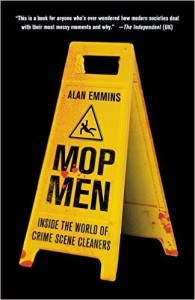 Employee turnover is high. Despite the high pay, burnout is inevitable. It takes a special person to fill the role. Strong stomach. Ability to detach emotionally. And serious attention to detail. Ever present is the danger of infection from a disease like HIV and hepatitis. Adherence to regulations like OSHA, WHMIS, DOT, EPA, NIOSH, Workers Comp, and professional industry governing bodies—the American Bio-Recovery Association, the National Crime Scene Clean-Up Association, and the National Academy of Crime Scene Cleaners—is required.
Employee turnover is high. Despite the high pay, burnout is inevitable. It takes a special person to fill the role. Strong stomach. Ability to detach emotionally. And serious attention to detail. Ever present is the danger of infection from a disease like HIV and hepatitis. Adherence to regulations like OSHA, WHMIS, DOT, EPA, NIOSH, Workers Comp, and professional industry governing bodies—the American Bio-Recovery Association, the National Crime Scene Clean-Up Association, and the National Academy of Crime Scene Cleaners—is required.
There’s a tremendous amount of information on the Crime Scene Clean-Up industry available online and two interesting books have been published, giving an insider’s look at the business:
So, yeah, yeah… these guys have a shitty job — you’re thinking — Get to the point. What do they charge? How much do they make?
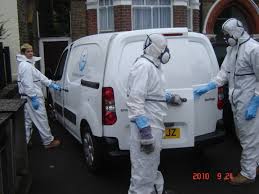 Well, this seems to be a fairly guarded secret in the crime scene clean-up circles. I did some more internet searching, then made some phone calls. The standard answer was:
Well, this seems to be a fairly guarded secret in the crime scene clean-up circles. I did some more internet searching, then made some phone calls. The standard answer was:
“The cost of remediating biohazards can vary dramatically from situation to situation, so we are not able to provide phone estimates or quote rates without coming out and doing a proper assessment which we charge an hourly fee for. By the way, are you insured?”
 Drilling down on the net, I found these sites which reported the average technician’s wage (not the business owner’s) as:
Drilling down on the net, I found these sites which reported the average technician’s wage (not the business owner’s) as:
- Payscale — 100K+ per year.
- Wisebread — 80K+ per year.
- Business Insider — $25.00 per hour training wage, extending to $40-50 experienced.
- CNN Money — 80-100K+ per year depending on location.


